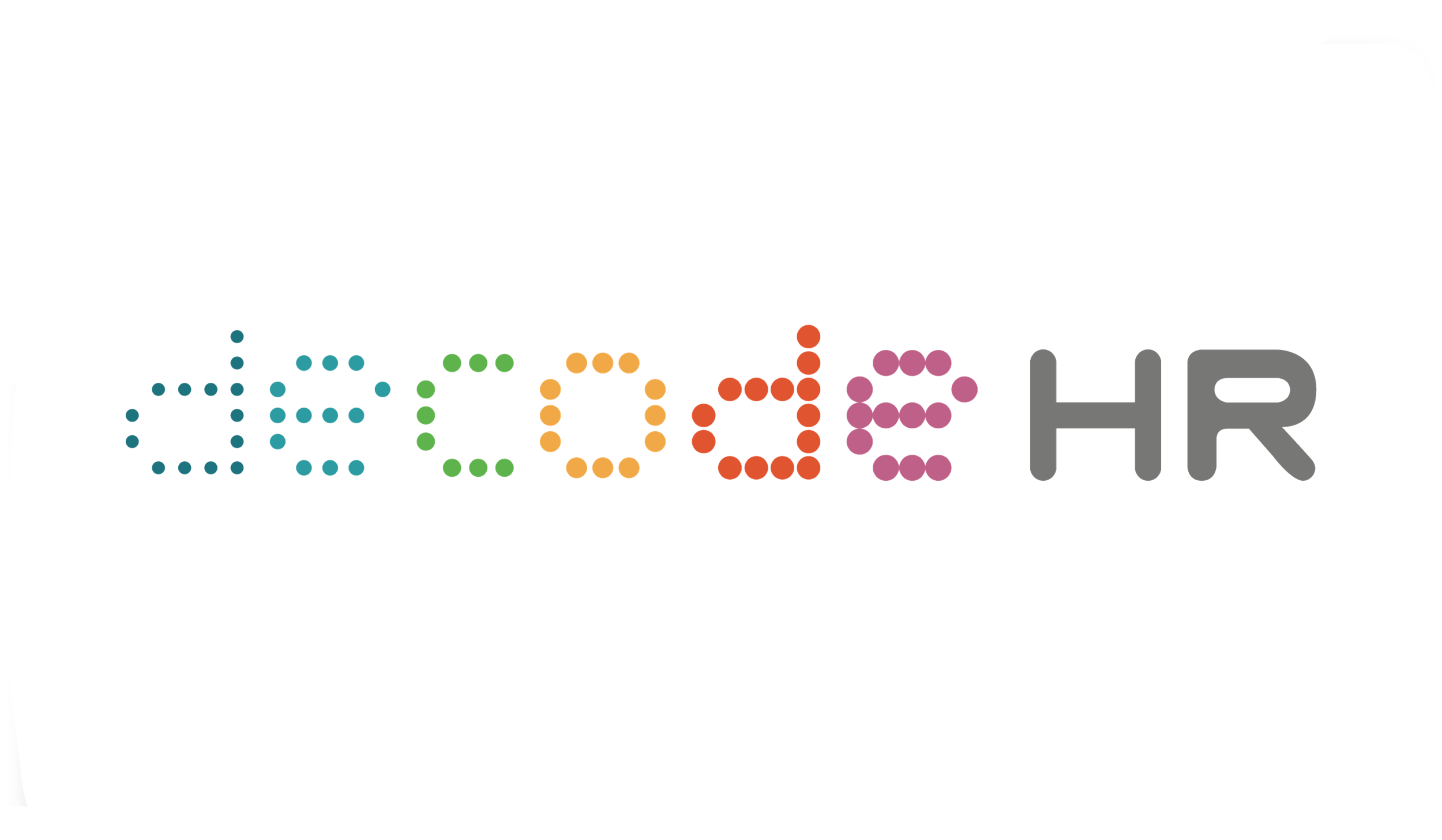Agile HR explained in less than 4 minutes
Often, we are asked to explain briefly what Agile HR is all about. That can be hard, as supporting human and organisational agility is a complex matter. At the same time, Agile HR includes a number of very practical tools that are used by HR professionals, managers and teams on a daily basis.
In order to share both the agile mindset and the hands-on applications that Agile HR entails, we created a new explanimation video. Please enjoy! You can find the script under the video on this page.
Agile HR – the new role of HR in agile organisations: the script
Agility is no longer a luxury: it might be the most important competence of organisations in our time. This means a fundamental shift in the way we think of HR. This is what we call Agile HR.
An agile organisation often works with multidisciplinary, self-organising teams. These teams can take on traditional HR responsibilities: team members look for job training together, recruit new colleagues together and sometimes even determine each other’s rewards.
All this change in organisations creates opportunities. With Agile HR, organisations are presented with the unique opportunity to make both the organisation and HR more agile.
There are different ways of doing this: if the HR-department is still a separate department, it can start working agile itself. By using Scrum, or Kanban, or Agile Portfolio Management, which visualises which big HR-projects you work on, and makes transparent why the HR department makes certain decisions. HR will continuously learn and adapt, while collaborating with internal clients and stakeholders. This way, the HR department is always focused on the things that matter.
Then there are traditional HR instruments that are up for renewal. Like Strategic Workforce Planning, in which you make long term plans about the people and skills your organisation needs. But that is still based on predictability and is often made in isolation by HR. Instead, you can try ‘Big Room Planning.’ Every 4 months, all teams share their quantitative and qualitative needs for new team members. And will act on it together. With Big Room Planning, managing the available skills and the recruitment of new people has become a responsibility of everyone in the organisation.
The last way to implement agility in HR is for HR-professionals to take on new roles. As a ‘purpose-developer’, ‘trend watcher’ or ‘agile coach’, they help teams to improve their way of working, and make colleagues happier. Take the role of ‘Employee Experience Designer’ – someone who’s focused on improving the experience of the employee in the organisation. The Employee Experience Designer ensures employees are serviced in a personal and delightful way, at every step on their journey through the organisation.
In the end, agility is a way of thinking. It is not about controlling and prescribing, but about sensing and adapting. With a goal of delighting the customer, done by powerful, autonomous and happy teams. HR has a key role in spreading this way of thinking. That is why we wrote the Agile HR book, in which we share Agile HR practices and cases.
Organize Agile. The thought leader in Agile.
Guest Post from Organize Agile by Gidion Peters
COPYRIGHT © 2020 DECODE HR PTE LTD. ALL RIGHTS RESERVED

